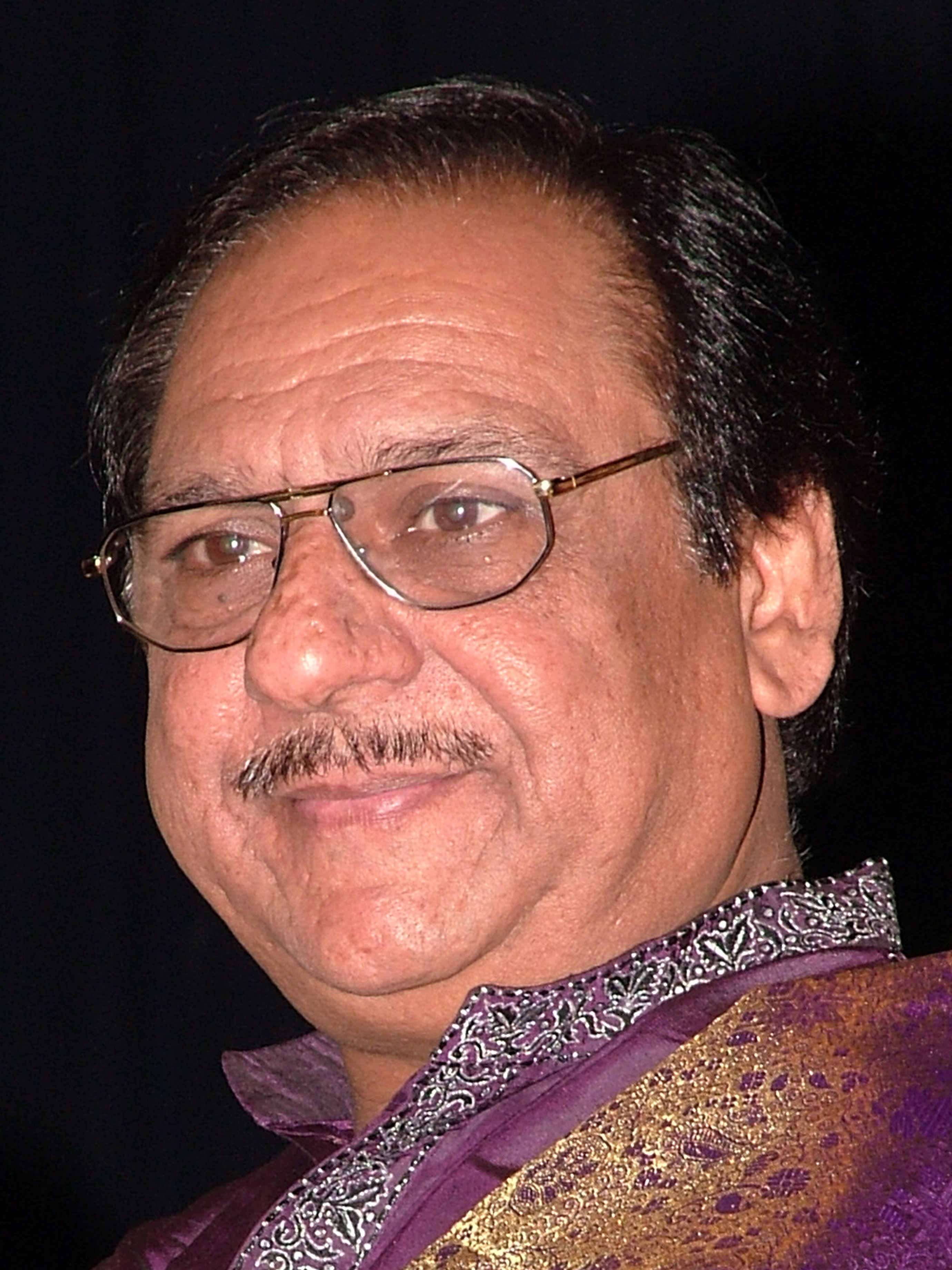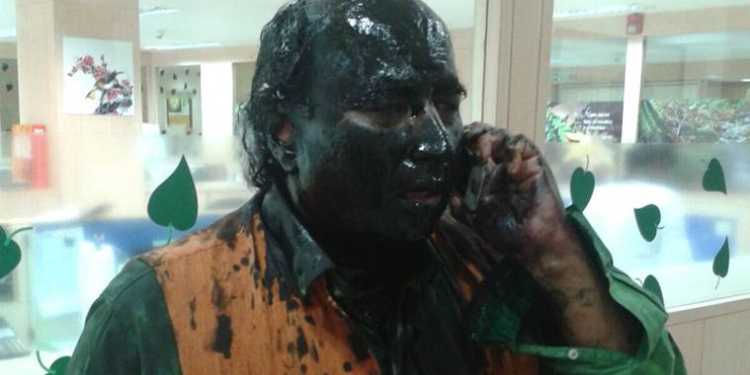
Way back in 1999, they had dug up the cricket pitch in Ferozeshah Kotla to prevent the India-Pak match from happening. In 2010, they protested against the organizers of Big Boss demanding that Veena Malik be evicted. In 2014-15, they threatened Pakistani Kabaddi players from participating in pro-Kabbaddi matches in Maharashtra. In 2015, threatening violence, they got Atif Aslam’s show in Pune cancelled. A few days ago, they protested against Ghulam Ali singing at an event in Mumbai. And today, they painted Sudheendra Kulkarni in black for organizing the launch of ex-Pak Foreign Minister Kasuri’s book. In all these years, Shiv Sena has seldom shied away from using might as a weapon to enforce its will. In fact it has been quite successful in enforcing its writ by unleashing its band of hooligans on the streets. Time and again, in the past, Sena spokesperson have boldly defended their party’s actions, winning the nation’s ire. But the bigger question is why does Sena do it?
1. Historical Perspective
As a political party, Shiv Sena was born with a sense of historical wrong against the Marathi Manoos. Consequently, Xenophobia was one philosophy that Sena took to in its early stages. In the 60s, Shiv Sena members attacked South Indians in Mumbai, claiming that they were taking jobs away from the Marathi speakers. This soon morphosed into a pro-Marathi, pro-Hindutva stand. During the 70s and the 80s, the Shiv Sainiks focussed their energies on attacking the Communists, who held sway in Mumbai’s mills. Maharashtra’s state government turned a blind eye to the thuggery of the Sainiks, hoping to evict the Communists from their stronghold. In the 80s, Shiv Sena found common ground with the BJP, whose star then, was on the ascendant. As the Ram Janmabhoomi Andolan polarised the electorate, Shiv Sena took a definite pro-Mandir stand. Shiv Sena’s policy during this period was to antagonize the Muslims and paint them as anti-nationals. Shiv Sena also played a polarising role in the aftermath of the Babri Masjid demolition and the riots that gripped Bombay thereafter. Bombay blasts soon followed and Pakistan soon assumed prominence in Sena’s discourse. Since then, Shiv Sena has vociferously followed an anti-Pak agenda. The rise of Pak sponsored terrorism in India has made Pak-bashing a useful political plank. This, combined with the goondagiri unleashed by the Sainiks, in the form of pitch digging, protests against Pak personalities etc. has made Shiv Sena the most visible Pak hater political party in the country.
2. Present wranglings:
Time, however has not been kind to Shiv Sena. The passing away of Balasaheb Thackeray and the rise of Raj Thackeray has meant that the party has lost some of its sheen. Its present leader, Uddhav Thackeray is seen as feeble and is no match to lead the Sainiks as Balasaheb once did. Aditya Thackeray is too young and probably naive to take charge of the party. In midst of all these crises, BJP decided to contest the 2014 state elections in Maharashtra on its own. The two partners, who had been allies for 25 years, broke it off over division of seats. BJP encashed the brand equity of its star campaigner, Narendra Modi to win almost twice the number of seats as the Shiv Sena. Vote share wise, BJP polled almost 28% of the votes, against Sena’s 19% (In 1995, when the two had last formed the government, Sena had been the senior partner, with BJP close behind) . This change in balance of power between the former allies was not an easy change for the Sena to digest. This was followed by weeks of wrangling over ministerial positions. All of this contributed to lowering the prestige of the Sena.
The rise of Raj Thackeray meant that the newly formed MNS had effectively hijacked Sena’s pet Xenophobic agenda. From incendiary remarks against North Indians, to physical attacks against them, Raj Thackeray deployed most of Shiv Sena’s time tested tactics effectively. In a short while, it became apparent that Raj Thackeray had all of his Uncle’s panache and techniques. The rise of MNS, though electorally muted, has been a big jolt to the Sena’s world. MNS has successfully adopted much of Sena’s agenda with flourish, leaving Sena looking enfeebled and senile.

3. A need to stay relevant:
In a world changing faster than it can adapt itself, Sena is now is desperately trying to stay relevant. In doing so, it is going back to the basics. M/s Uddhav and Aditya are trying to recreate the old Sena by copy-pasting ideas from Balasaheb’s manuals. The opposition to Ghulam Ali and Kasuri’s book release must be seen in this light. The fact is that while Sena’s anti-Pak rhetoric is nothing new, these attempts to create trouble show that the party is fighting hard to keep its head above water.
There is also an element of political upmanship. Sena wants to embarrass Fadnavis in order to prove Sena still calls the shots in the coalition. The fact that Fadnavis has been able to establish himself quickly and is also winning praise for his work has rattled Shiv Sena, as this praise comes inspite of Sena’s obstructions. Fadnavis governments’ appropriation of Shivaji’s legacy, its appeal to the young Marathi manoos, its successful manouvering of Hindutva agenda-Beef ban et al has meant that the space available for Sena in Maharashtra politics is shrinking. Lastly, Sena is also struggling to project Aditya Thackeray as the heir apparent. It is unable to decide whether they should position him as “an angry Marathi young manoos”, who is super-pissed with the state of the community or as a “Youth icon”, who enjoys popularity irrespective of language or religion. Contradictory reactions such as Sena’s protest against Atif Aslam and Aditya Thackeray ‘s support for revival of Mumbai’s night life should be seen in this light.
The paint attack on Sudheendra Kulkarni and the protest against Ghulam Ali’s concert, therefore, is not an expression of rabid nationalism, but in fact a reaction to a complicated process of churning that the Shiv Sena is going through. May God help them cope with his change and emerge saner and rational.


































